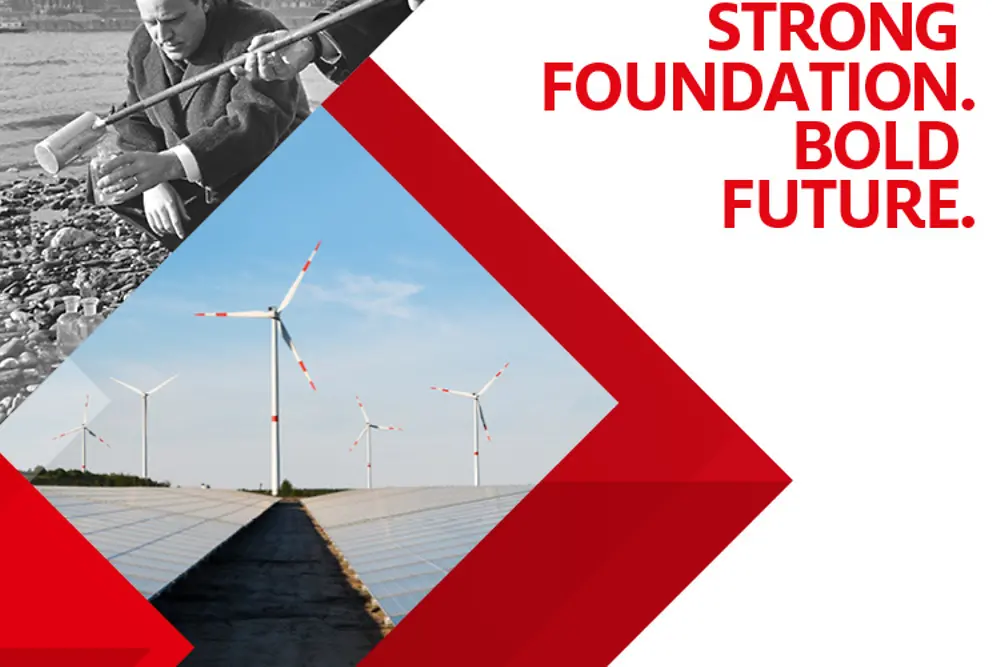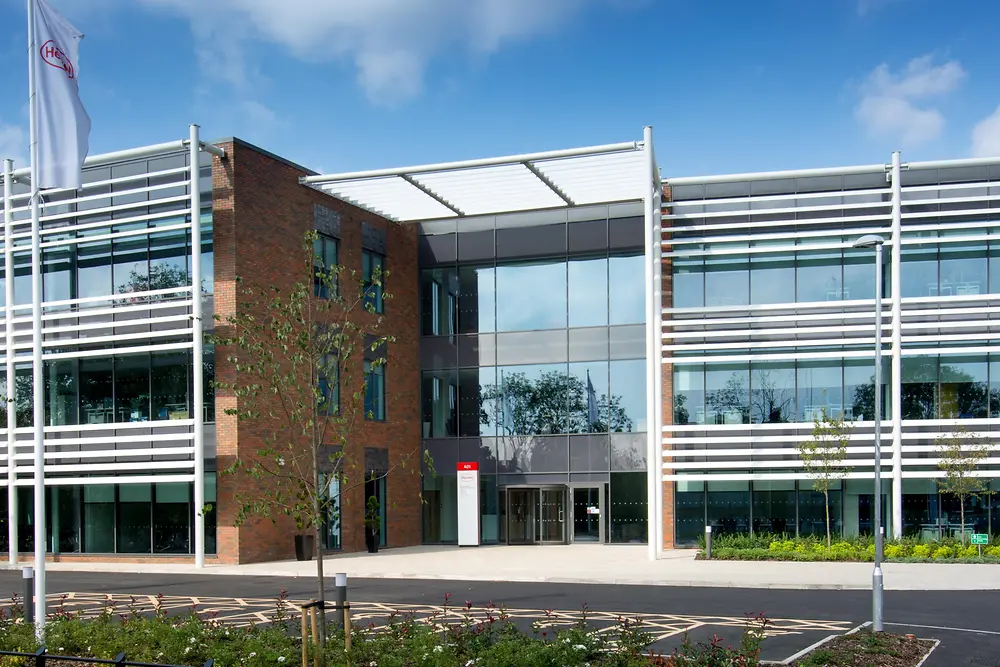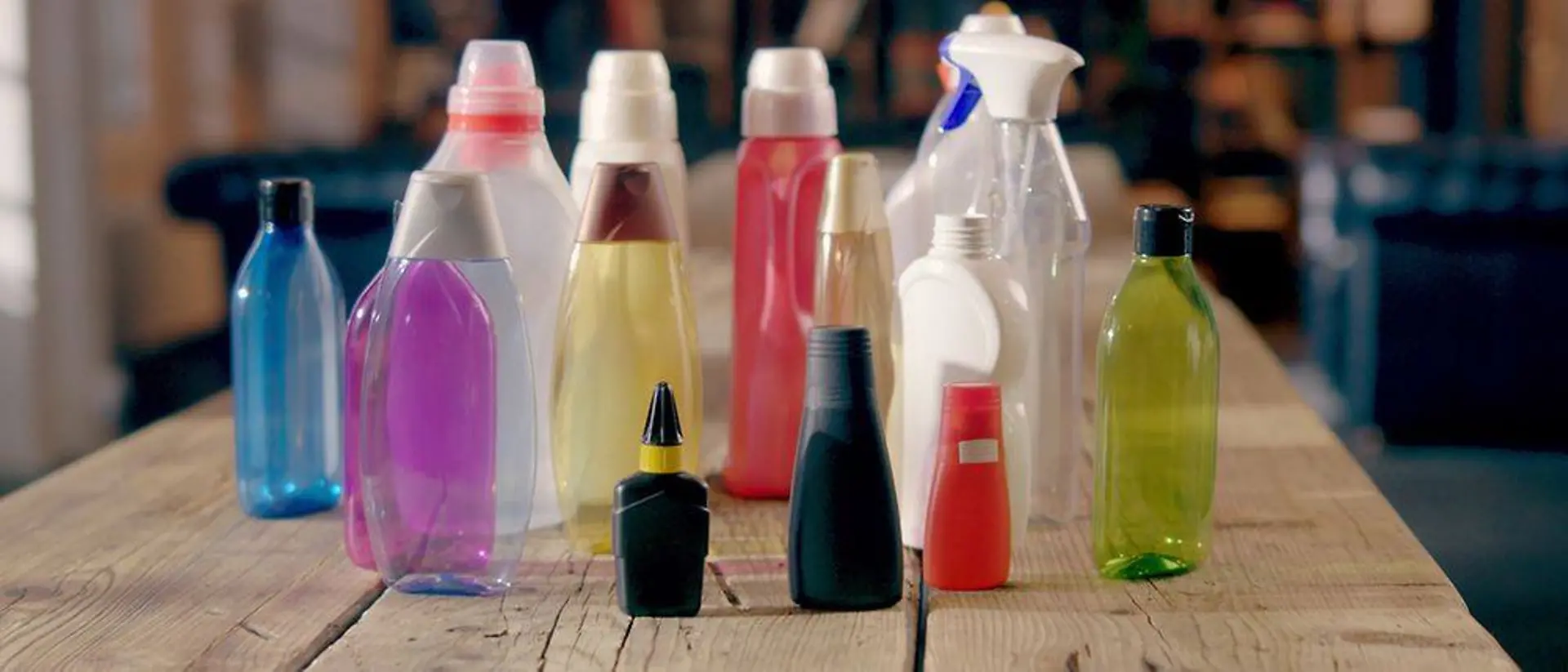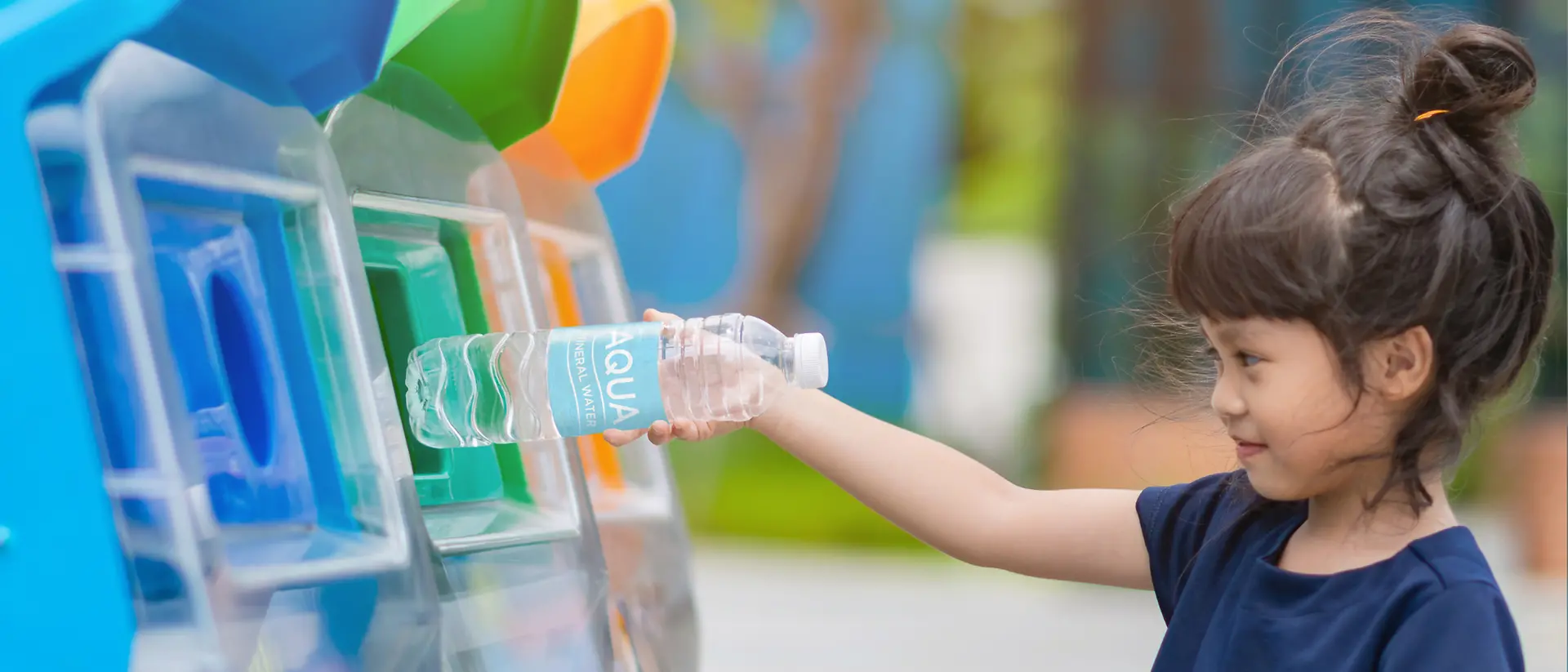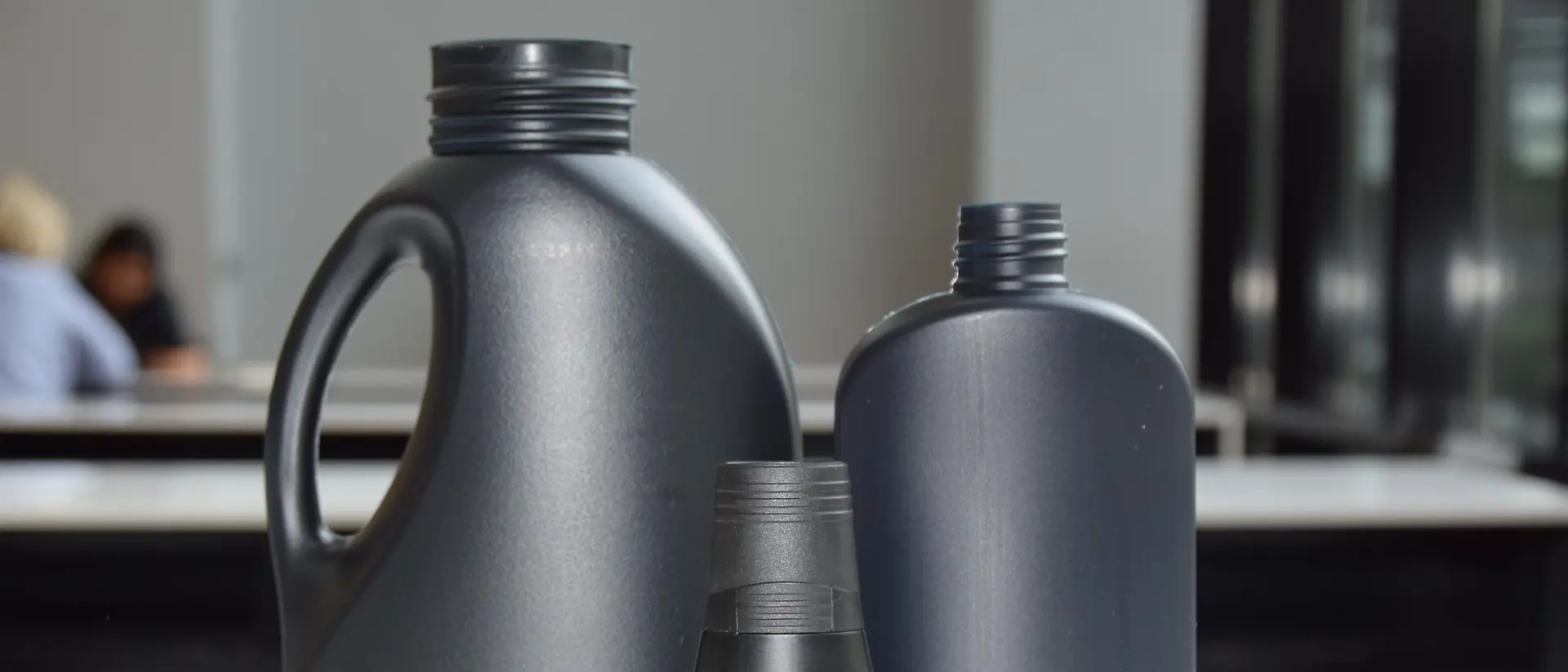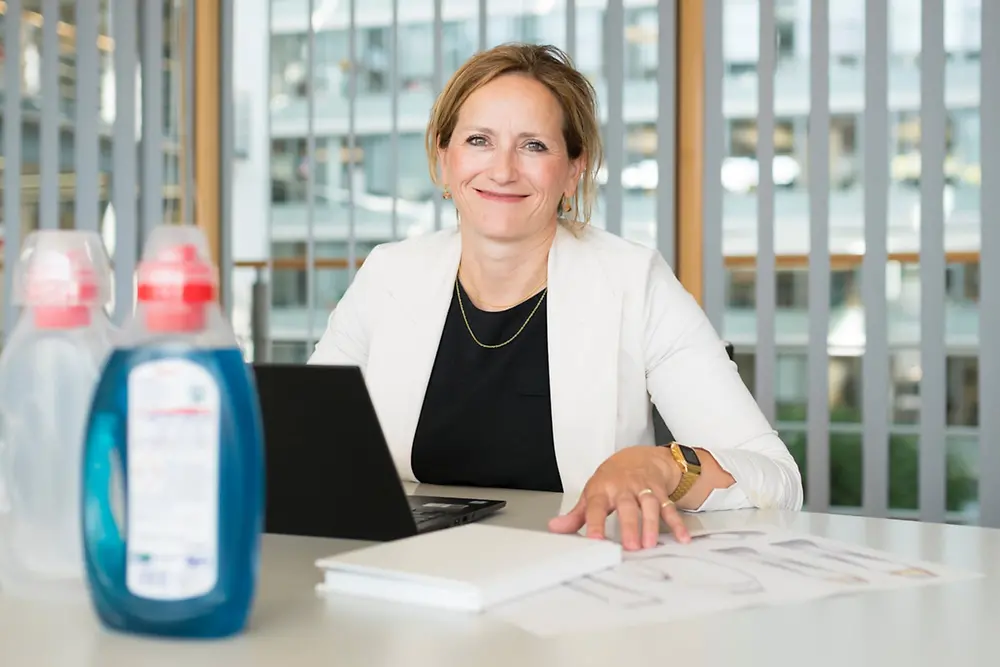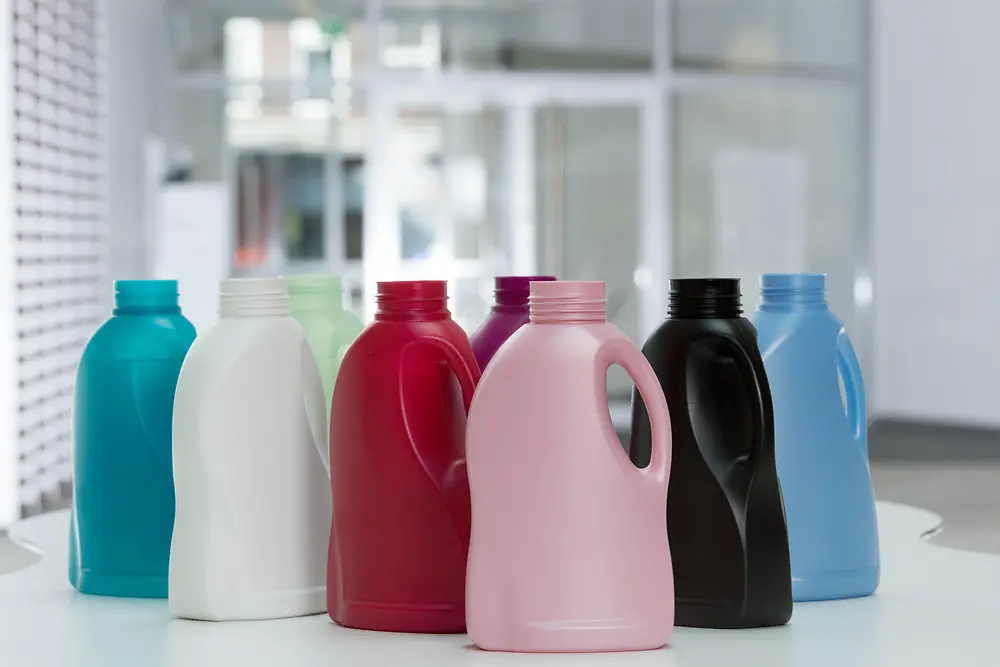Learn more about Henkel Brands & Businesses in UK & Irelands: Includes useful information about the brands, technologies and latest innovations in our business areas: Henkel Adhesive Technologies and Henkel Consumer Brands.
Recycling revealed: what happens to packaging in its afterlife?
By Duncan Jefferies
Almost everyone uses plastic packaging on a daily basis - but what happens after you put it in the recycling bin?
Global plastics production has increased twentyfold since the 1960s, partly because it is such a useful and versatile material. It is the durable shell of our favourite gadgets, the basis of our toothbrush - even some of the fibres in our clothes. However, when it comes to plastic packaging, most of us simply throw it in the recycling bin and forget about it. But that's not the end of the story.
Collection
The single-use plastic packaging we treat as waste has a long afterlife - either as new products or pollution. To ensure more of it ends up as the former than the latter, most local authorities collect plastic for recycling. But the types of plastic that are collected vary depending on your postcode, which some consumer groups claim has led to confusion and the stagnation of the UK recycling rate (currently about 44%). Some councils, for example, only collect plastic bottles; others take pots, tubs and trays; and a handful don't collect any plastic at all. Just to make matters more complicated, some councils ask people to put all their recycling in one bin, while others ask them to separate plastic from paper and metal. The different recycling symbols and guidance used on packaging can also cause further uncertainty about what items can be recycled. Nevertheless, on-pack recycling labels are an important element of the recycling process. Plastic items that haven't been cleaned properly or aren't suitable for collection can cause blockages in recycling machines or contaminate entire batches of recycled materials. It is therefore essential that people check what can be recycled in their area, rinse out any items if necessary, and remove plastic sleeves that might otherwise confuse the machines that sort plastic waste into different categories before it is reprocessed.
Sorting
After collection by the council, plastic waste enters the complex network of brokers and traders who make up the £25obn global waste industry. First the waste is taken to a nearby materials recovery facility (MRF), where the different types of material - glass, paper, metals and plastic - are separated and sorted. This is often done automatically, but some facilities also carry out a manual sort to ensure that anything that might contaminate the materials during the recycling process is removed. Once the materials have been separated at the MRF, they are compressed into bales and sent on to specialist reprocessors. Although any type of plastic can technically be recycled, the cost and complexity of doing so generally determines whether it is or not. Bottles, for instance, are typically made from PET, a clear, strong plastic that is easy to recycle. "Over time, it will get slightly more opaque as the polymers get shorter, but it's the best option," says Uwe Bergmann, director of sustainability management at Henkel. However, "as soon as you add a colour to it, you can only turn it into a darker colour; you can't turn it into a lighter one."
Detergent bottles and milk containers are made from high-density polyethylene and are also relatively straightforward to recycle, so there's a strong reprocessing market for both these and PET bottles. However, there's almost no market for recycled polystyrene, which is used for some microwave food trays and yoghurt pots. As such, these items are often incinerated in energy-from-waste plants. "Plastics in the environment is the most visible symptom of our broken plastic system, but it's just one of the symptoms," says Sander Defruyt, new plastics economy lead at the Ellen MacArthur Foundation. "In Europe, we also have a lot of plastic still going into landfills, into incinerators. That has significant environmental drawbacks, such as air pollution and CO2 emissions from burning plastics."
Black plastic items tend not to be recycled, as commonly used optical sorting technologies such as near-infrared sensors can't detect them - a challenge Henkel has sought to address by developing a carbon-free black plastic that near-infrared sensors can recognise.
Shipping
Having been sorted at MRFs, two-thirds of the plastic classed as recyclable is shipped overseas for reprocessing. If you're wondering why, it's because the UK doesn't have the infrastructure to process all the plastic waste it generates, as there's little to no profit to be made from recycling low-value plastics here. Until recently, China received the majority of these shipments (the recycling industry has exported 106m tonnes of plastic waste to the country over the past 20 years or so). But in 2018, it decided to ban the import of foreign plastic waste in a campaign against yang Jaji, or "foreign garbage". Traders scrambled to find other countries that would take it, and as a result countries such as Thailand, Indonesia, Vietnam and Malaysia have been swamped with plastic waste from western nations. However, some of these countries have since followed China's lead and banned the import of foreign plastic waste in order to stop their recycling capabilities from being overwhelmed.
Washing, shredding and melting
Regardless of whether it is reprocessed here or abroad, waste plastic needs to be washed to remove impurities such as labels and adhesives. It is then dried and reduced in size to make it easier to handle during the next stage of reprocessing. This is done by shredders and granulators that chop up the plastic waste. These "shreds" or "regrinds" are often washed again to remove any final traces of dirt and contaminants, and the plastic pieces are then tested to ascertain their quality and class. The final stage of reprocessing involves converting the plastic shreds into pellets by melting them together. In pellet form, plastic is more easily distributed and remanufactured into new products, such as another bottle, a new bench or even an item of clothing. Although the entire recycling process obviously has an environmental impact, recycled plastic products require up to 88% less energy for manufacture than producing plastics from new raw materials.
Looking ahead
To encourage more use of recycled plastics, the UK government is planning to tax manufacturers whose packaging contains less than 30% recycled material. It hopes this will encourage plastic producers to reduce the amount of virgin plastic they use and make their packaging easier to recycle.
Chemical recycling, though still in its infancy, could also help to ensure more types of plastic are recycled in future. "There is ample opportunity for innovation to address plastic waste," says a spokesperson for the Alliance to End Plastic Waste, "starting with designing products that have a greater ability to be recycled and reused, as well as developing new recycling technologies and infrastructure." The Scottish government is also introducing a deposit return scheme for plastic bottles, cans and glass, with all retailers in the country required to comply and accept returns. This could boost recycling rates significantly if it was adopted across the whole of the UK. But until then, make sure you check to see what kind of plastic can be recycled in your area - and spare a thought for the long journey it might be about to go on.
Find out more about Henkel's sustainable packaging strategy at henkel.co.uk/sustainability/sustainable-packaging.

